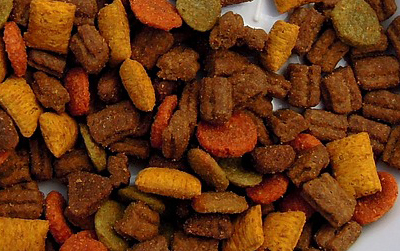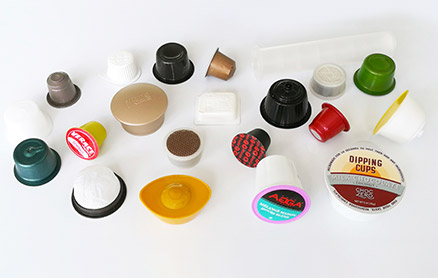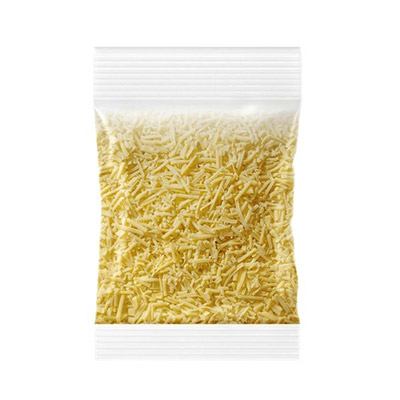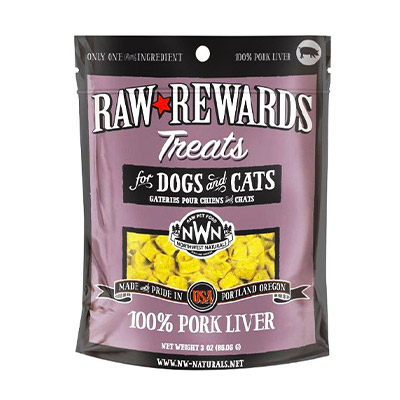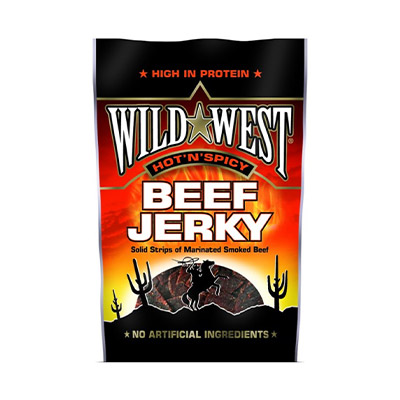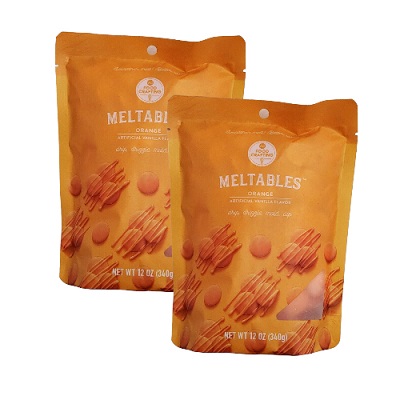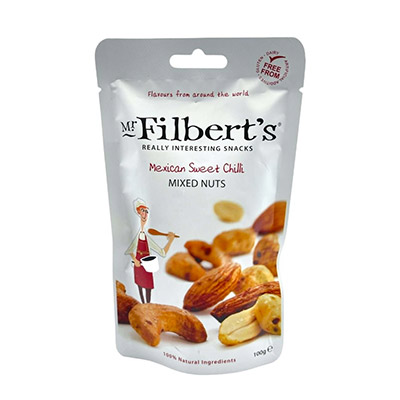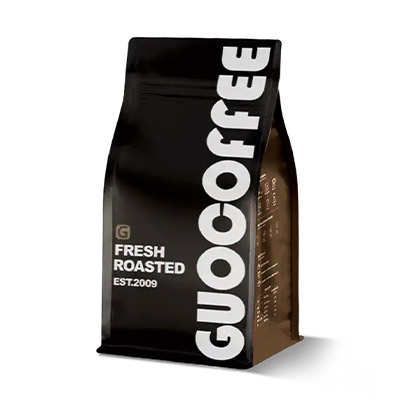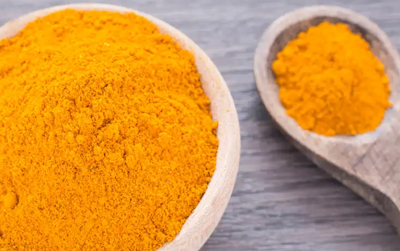Packaging of Granular & Solid Products
Packaging granular and solid materials has evolved significantly over the years. Originally, simple, manual packaging was the standard, but as industries have grown and diversified, so has the demand for efficient, high-speed, and automated packaging solutions. Today, advanced machines and versatile packaging systems streamline the process, ensuring precision, speed, and product freshness.
Modern Packaging Solutions
For granular and solid materials like chips, grains, nuts, candy, pet food, and biscuits, various advanced packaging options are available:
1.Rotary Preamde Pouch Packing Machines:
Efficient for pre-made pouches, these machines automate the filling and sealing process. Rotary vacuum pouch machines are also available, ideal for extended shelf life by removing air from the pouch.
2.Vertical Form Fill Seal (VFFS) Machines:
Common in snack and grain packaging, VFFS machines are compact and versatile, offering fast, accurate packaging for high volumes.
3.Horizontal Packing Machines:
Suitable for products requiring careful handling or precise placement, horizontal machines are ideal for packaging in trays or rigid containers.
4.Pillow Type Packing Machines:
Known for versatility, pillow type packing machines create pillow-style packages that are cost-effective and provide good product protection.
5.Cup/Bottle Filling Sealing Machines:
Convenient for single-serve portions of granular materials, cup/bowl packaging is popular in the pet food, snack, and candy sectors.
6.Carton Packing Machines:
These automate the placement of products in cartons, ideal for biscuits, candy, and similar products requiring rigid, protective packaging.
Supporting Equipment
To ensure seamless and precise packaging, specialized equipment complements the main packing machines:
• Multihead Weighers & Auger Fillers: Achieve accurate weight measurements for each package.
• Elevators & Auger Conveyors: Transport products efficiently, preventing damage and optimizing the flow to the packing machine.
Additional Packaging Options
Modern packaging solutions now include advanced options like nitrogen filling, vacuum sealing, and deoxidizer insertion. These options help ensure extended freshness and protection, vital for delicate products such as chips and nuts.
Conclusion
With a wide range of packaging machines and supplementary devices, today’s granular and solid material packaging is efficient, precise, and customizable. Whether for chips, grains, or candy, we provide advanced solutions designed to meet your production needs while maintaining product quality and appeal. Contact us today to explore how our modern packaging solutions can support your brand.









